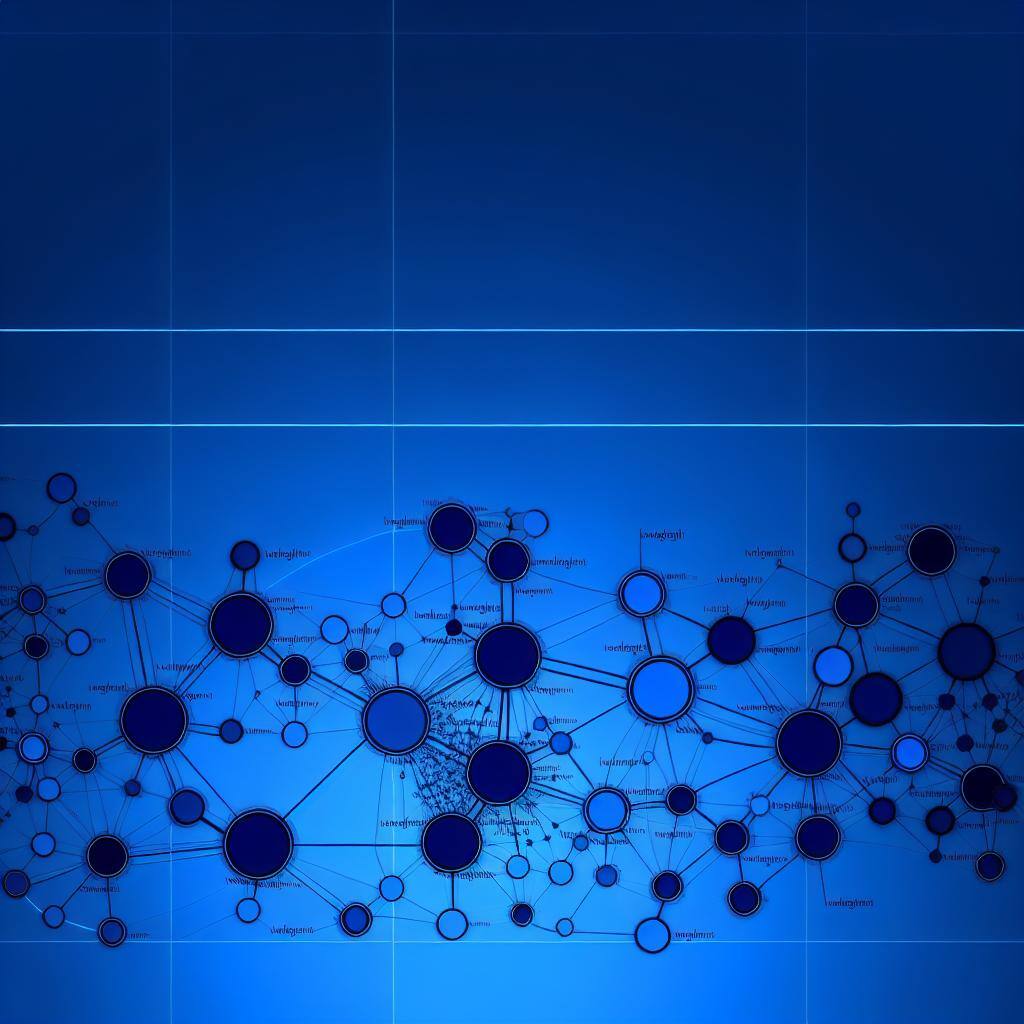What are Knowledge Graphs?
What is a knowledge graph?
A knowledge graph, also known as a semantic network, represents a network of real-world entities—such as objects, events, situations or concepts—and illustrates the relationship between them. This information is usually stored in a graph database and visualized as a graph structure, prompting the term knowledge “graph.”
A knowledge graph is made up of three main components: nodes, edges, and labels. Any object, place, or person can be a node. An edge defines the relationship between the nodes. For example, a node could be a client, like IBM, and an agency like, Ogilvy. An edge would be categorize the relationship as a customer relationship between IBM and Ogilvy.
A represents the subject, B represents the predicate, C represents the object
It is also worth noting that the definitions of knowledge graphs vary and there is research, which suggests that a knowledge graph is no different than a knowledge base or an ontology. Instead, it argues that the term was popularized by the Google’s Knowledge Graph in 2012.

Ontologies
How a knowledge graph works
Knowledge graphs are typically made up of datasets from various sources, which frequently differ in structure. Schemas, identities and context work together to provide structure to diverse data. Schemas provide the framework for the knowledge graph, identities classify the underlying nodes appropriately, and the context determines the setting in which that knowledge exists. These components help distinguish words with multiple meanings. This allows products, like Google’s search engine algorithm, to determine the difference between Apple, the brand, and apple, the fruit.
Knowledge graphs, that are fueled by machine learning, utilize natural language processing (NLP) to construct a comprehensive view of nodes, edges, and labels through a process called semantic enrichment. When data is ingested, this process allows knowledge graphs to identify individual objects and understand the relationships between different objects. This working knowledge is then compared and integrated with other datasets, which are relevant and similar in nature. Once a knowledge graph is complete, it allows question answering and search systems to retrieve and reuse comprehensive answers to given queries. While consumer facing products demonstrate its ability to save time, the same systems can also be applied in a business setting, eliminating manual data collection and integration work to support business decision-making.
The data integration efforts around knowledge graphs can also support the creation of new knowledge, establishing connections between data points that may not have been realized before.
Use cases of knowledge graphs
There are a number of popular, consumer-facing knowledge graphs, which are setting user expectations for search systems across enterprises. Some of these knowledge graphs include:
- DBPedia and Wikidata are two different knowledge graphs for data on Wikipedia.org. DBPedia is comprised of data from the infoboxes of Wikipedia while Wikidata focuses on secondary and tertiary objects. Both typically publish in a RDF format.
- Google Knowledge Graph is represented through Google Search Engine Results Pages (SERPs), serving information based on what people search. This knowledge graph is comprised of over 500 million objects, sourcing data from Freebase, Wikipedia, the CIA World Factbook, and more.
However, knowledge graphs also have applications in other industries, such as:
- Retail: Knowledge graphs have been for up-sell and cross-sell strategies, recommending products based on individual purchase behavior and popular purchase trends across demographic groups.
- Entertainment: Knowledge graphs are also leveraged for artificial intelligence (AI) based recommendation engines for content platforms, like Netflix, SEO, or social media. Based on click and other online engagement behaviors, these providers recommend new content for users to read or watch.
- Finance: This technology has also been used for know-your-customer (KYC) and anti-money laundering initiatives within the finance industry. They assist in financial crime prevention and investigation, allowing banking institutions to understand the flow of money across their clientele and identify noncompliant customers.
- Healthcare: Knowledge graphs are also benefiting the healthcare industry by organizing and categorizing relationships within medical research. This information assists providers by validating diagnoses and identifying treatment plans based on individual needs.
- Government: Knowledge graphs help map relationships between laws, policies, and case precedents, enabling more effective rule-making and compliance monitoring.
- Law enforcement or National Security: They assist in detecting fraud, criminal networks, and potential threats by connecting disparate data points across various sources, such as public records, surveillance data, and intelligence reports.
